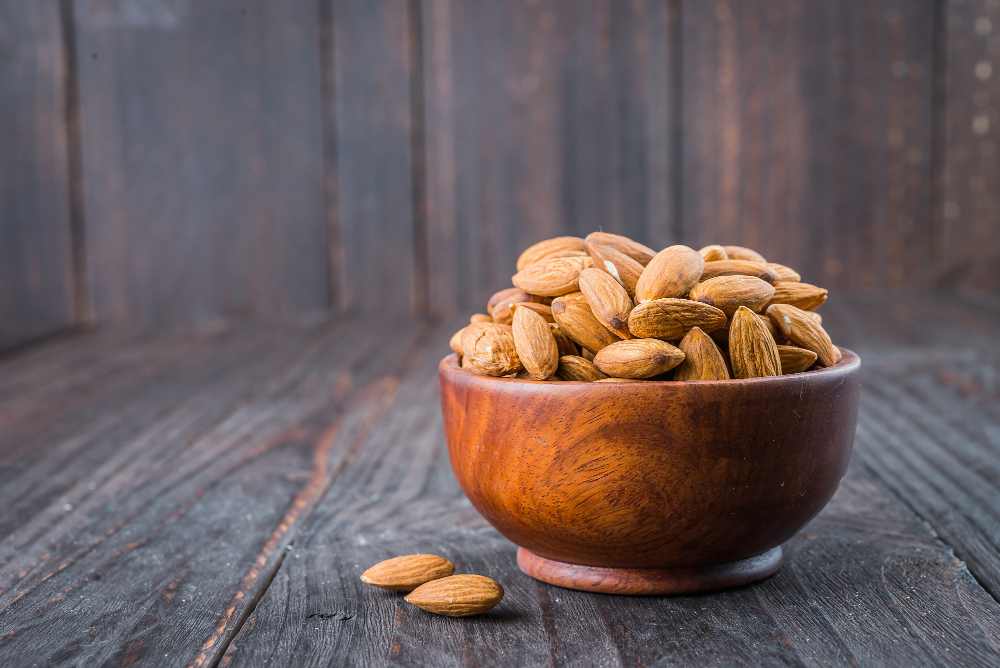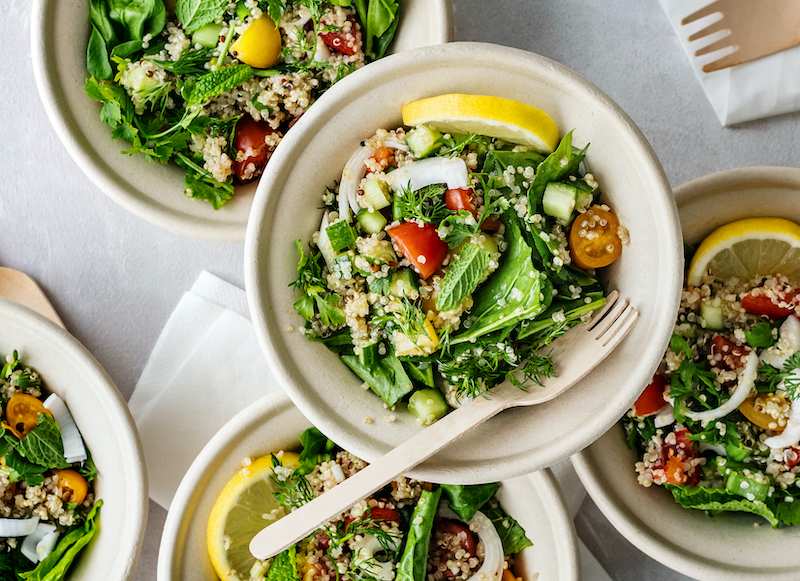When it comes to childhood growth, the consideration of each nutrient and the role it plays in the diet is essential. If you are aware of the requirements and in what meals you get those balanced elements, there would be a massive improvement in kids’ diet plans.
1. Protein
Protein is the most vital ingredient of a balanced diet as it plays a pivotal role in building a child’s body cells, fighting infections, breaking down food into energy levels throughout the day, and also carrying oxygen in the body.
You can prefer eggs and fish, lean meat, and poultry in a non-vegetarian diet or nuts and seeds, and legumes like pulses, peas, and beans in a vegetarian diet.
2. Fiber
Fiber is an excellent source for preventing heart diseases and any cancer type in later years. Promoting the feeling of fullness and thus avoiding binge eating, hence, no obesity is its other importance. It also avoids constipation and helps in regular bowel production.
Make sure its quantity is appropriate. You can find fiber in foods, including nuts, chickpeas, kidney beans, whole grain cereals, lentils, seeds.
3. Carbohydrates
Carbohydrates, simply called carbs, are also the body’s vital source of development. The protein and fats that we consume are used, with the help of carbohydrates for repairing or building tissues. The body breaks carbs down into simple sugars and circulates them in the bloodstream. Thereby, the body’s cells and also the brain take it for increasing the levels of energy. Thus, the child stays alert and active.
Pasta, cereals, bread, crackers, rice, and potatoes contain high levels of good carbs.
4. Fats
Fats are essential to maintain energy levels. As all nutrients are interrelated, fats also help the body to efficiently use other nutrients. Foods rich in fats are nuts, cooking oils, fish, meat, and milk-dairy products.
5. Calcium
Calcium has importance in the growth of healthy bones and teeth. Those children with enough calcium face no bone loss in the later years of their adult lives. They protect themselves from a disease called rickets. Muscle contractions, blood pressure regulations, and nerve stimulations become easy with the right quantity of calcium intake. Include egg yolks, tofu, milk, spinach, ice cream, cheese, and broccoli in the child nutrition chart.
6. Folate
Folate, also called folic acid, helps in the growth and development of a kid’s red blood cells. It is one of the important B vitamins, the deficiency of which can result in anemia. Foods with high levels of folic acid include Brussels sprouts, spinach, asparagus, kidney beans, lentils, chickpeas, and whole-grain cereals.
7. Iron
Iron is necessary for producing healthy blood that carries oxygen from the lungs to throughout a child’s body so that muscles can store and use it. The lack of iron quantity can result in the common problem of iron deficiency in children. So make sure you include beans, nuts, liver, whole grains, iron-fortified cereals, poultry, red meats, and shellfish in the diet plan.
8. Vitamins
Different vitamins serve different purposes in kids’ development. They all together work towards healing bones, strengthening the immune system, shoring up bones, repairing cellular damage, and converting eatables into energy. Vitamin E is a powerful antioxidant that prevents free radicals, which can cause cataracts, heart disease, and cancer. Vitamin A and C are a must for kids for their good eyesight and the hold of cells respectively. Vitamin A also keeps skin healthy and prevents infections from a child. Sources like milk and dairy products like yogurt and cheese, fresh fruits like mangoes, papayas, melons, apricots, strawberries, and vegetables like cabbage, cauliflower, spinach, carrots, broccoli, and tomatoes are the best set for sufficient vitamins and minerals intake.
After understanding the nutritional requirements for children, you have got a better idea of their long-term importance in terms of height, mental development, physical growth, immunity power, and a lot more. Now you can measure the specific requirements in your child’s growth route and create a customized nutritional chart.
![]()






